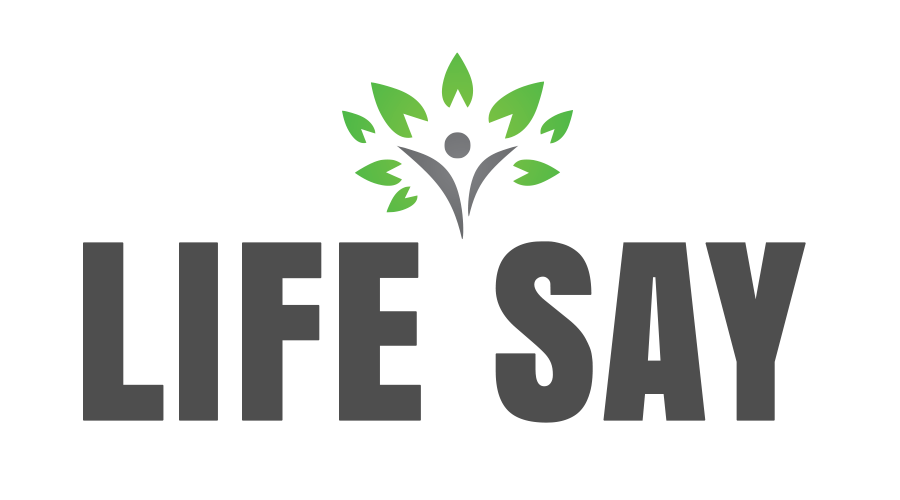Workers high on drugs pose safety risks, injure themselves or others, take more sick days, and reduce productivity. All of which can cost a business thousands of dollars each year. Unlike pre-employment drug tests, where applicants are given notice and time to get clean, random testing removes that opportunity and is more effective as a deterrent to drug abuse.
Safety
Random drug testing is a proven way to keep workplaces safe. It helps to prevent the hiring of employees who use drugs, and it also deters current workers from using drugs. In addition, it can help reduce workplace accidents and injuries. A good drug testing program will save companies money through lower employee turnover and absenteeism, lower insurance-related costs, and less legal liability. An excellent random drug test program is based on the principle of a fair and unbiased selection process. Companies select employees for testing at random, usually using computer software that ensures each employee has an equal chance of being selected each time. Then, they test the employees chosen for a drug screening, often using urine tests, though other tests are possible. The assigned employees need to receive advance notice and be told why they were chosen for testing.
DOT agencies require that some businesses carry random drug tests, but even non-DOT employers can implement their programs. Before beginning a workplace drug testing program, it is essential to understand the law in your state or territory. For example, some states allow only a certain number of random tests per year, while others do not allow random testing at all. You should also be familiar with any industry-specific regulations or other laws that apply to your business.
Compliance
Drug abuse costs employers over $80 billion a year in lost productivity, health care expenses, workers’ compensation claims, theft, and low employee morale. Random drug testing is one of the best deterrents to substance abuse in the workplace. It also helps prevent accidents, injury, and property damage caused by employees who are under the influence of drugs or alcohol. Developing an effective random drug testing program begins with clearly explaining your company’s policy to all employees. Then, following all legal requirements outlined in your state’s laws regarding how you notify and test employees is essential. For instance, some states may require you to limit your tests to certain positions, such as DOT-regulated or safety-sensitive positions. A third-party administrator (TPA) with experience managing your company’s random drug testing program is also essential. A reputable TPA will ensure that the process is scientifically valid, that you don’t give anyone advance notice, and that you have a short window between when you select an employee and the date of their test. Lastly, you should always keep careful documentation of how you set each employee and their drug test results in case of an audit or lawsuit.
Legality
While the initial costs of implementing a drug testing program may seem high, it can save your business money through lower turnover and training expenses, reduced insurance-related costs, and lessened legal liability. It can also reduce your company’s exposure to financial damages from employees under the influence and cause accidents that lead to costly lawsuits. While some states have laws that require or prohibit workplace drug testing, the vast majority of state and federal labor laws do not limit the use of random drug tests. The first step in establishing an effective workplace drug test program is to create and distribute a policy that clearly defines the requirements for both positive and negative results and the consequences of an employee’s failure to comply with the company’s drug testing policies. The next step is determining the most effective method for randomly selecting employees for testing. This can be done through a system that uses a computer-generated process to ensure the integrity of the selection process. Alternatively, you may participate in a consortium with other companies regulated by the Department of Transportation or other government entities and be selected randomly through that process. If you are required to participate in a DOT consortium, it is generally best to have separate random drug testing pools for safety-sensitive and non-safety-sensitive positions.
Cost
Drug testing can be expensive, mainly when performed regularly. However, the money saved by avoiding lost productivity due to impaired workers can more than pay for the cost of the tests. Additionally, the savings can extend to workers’ compensation claims, training costs, and reduced legal liability. One of the main concerns about random drug testing is that it can be perceived as invasive, resulting in low morale and hostility among employees. However, if it is used relatively and in compliance with the law, it can be an effective deterrent against drug use. The best way to protect your company with a random drug testing program is to choose the right program for your needs. Selecting a Third Party Administrator (TPA) that can help you design and administer a custom drug testing program is vital. In addition, it is essential to document all steps of the process. This includes how employees are selected when notified and the specimen collection process. Finally, ensuring the test policies align with state and federal regulations is also essential. This will ensure you don’t run afoul of the law and face potential fines or, even worse, lawsuits.


